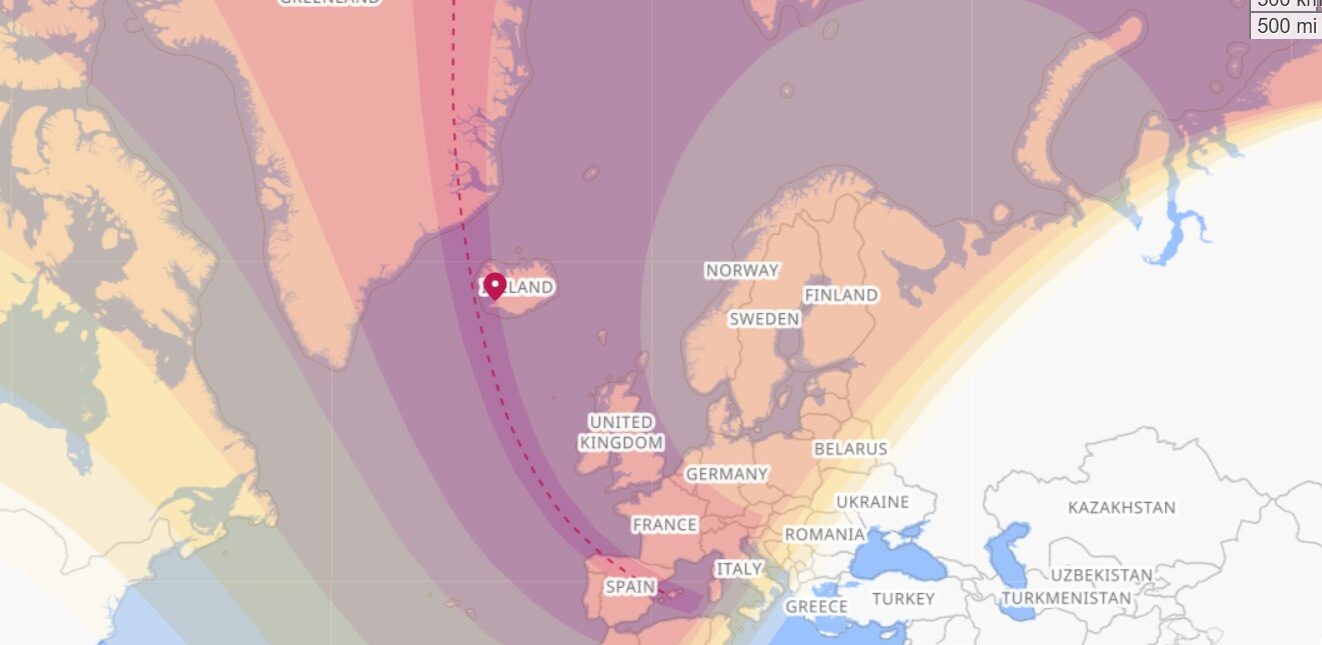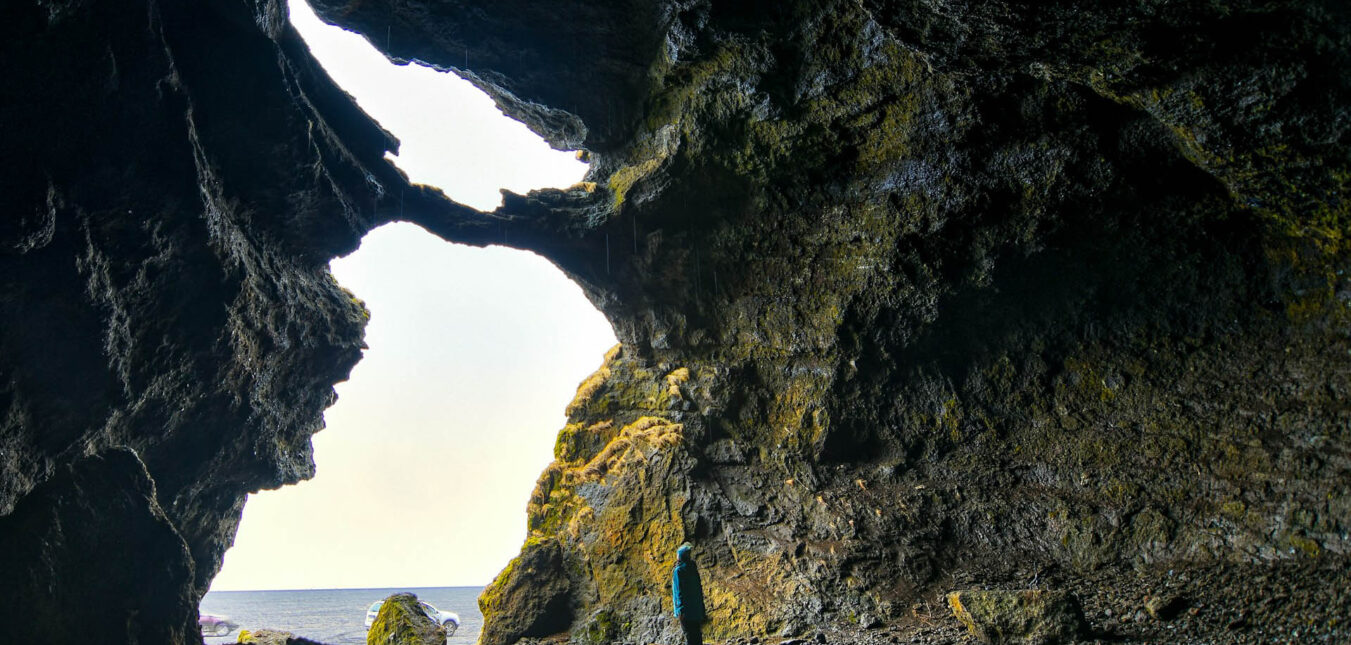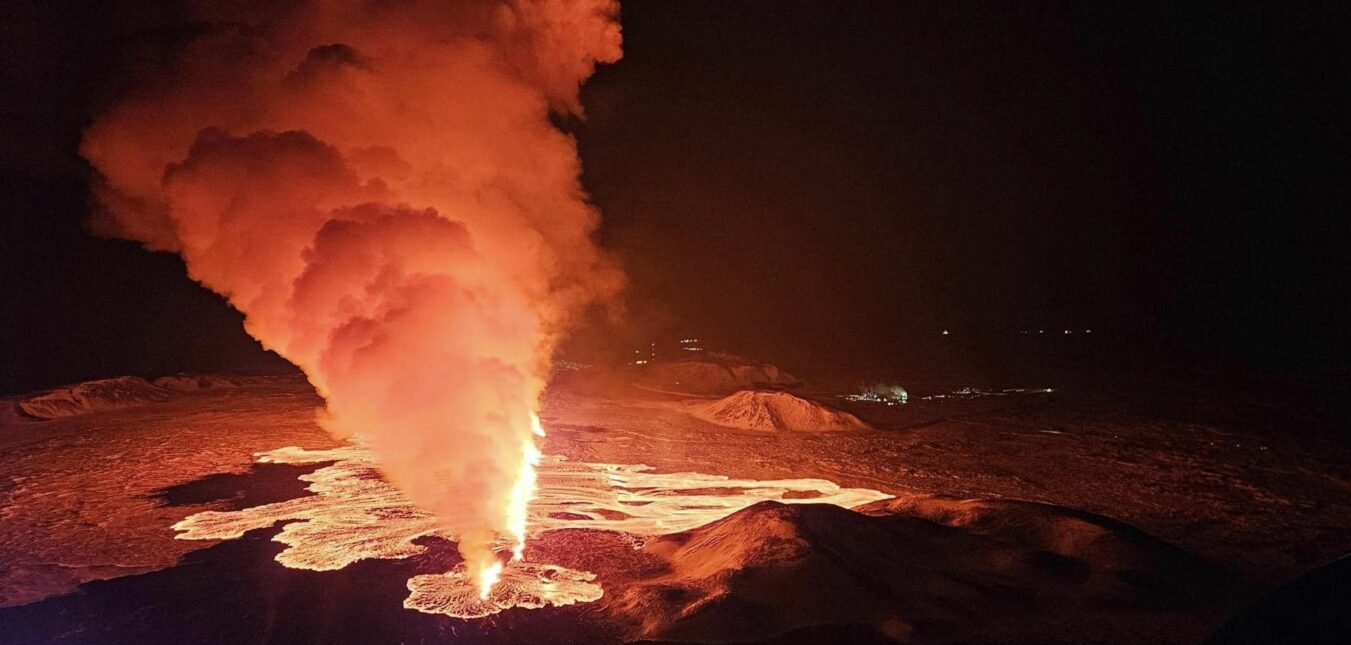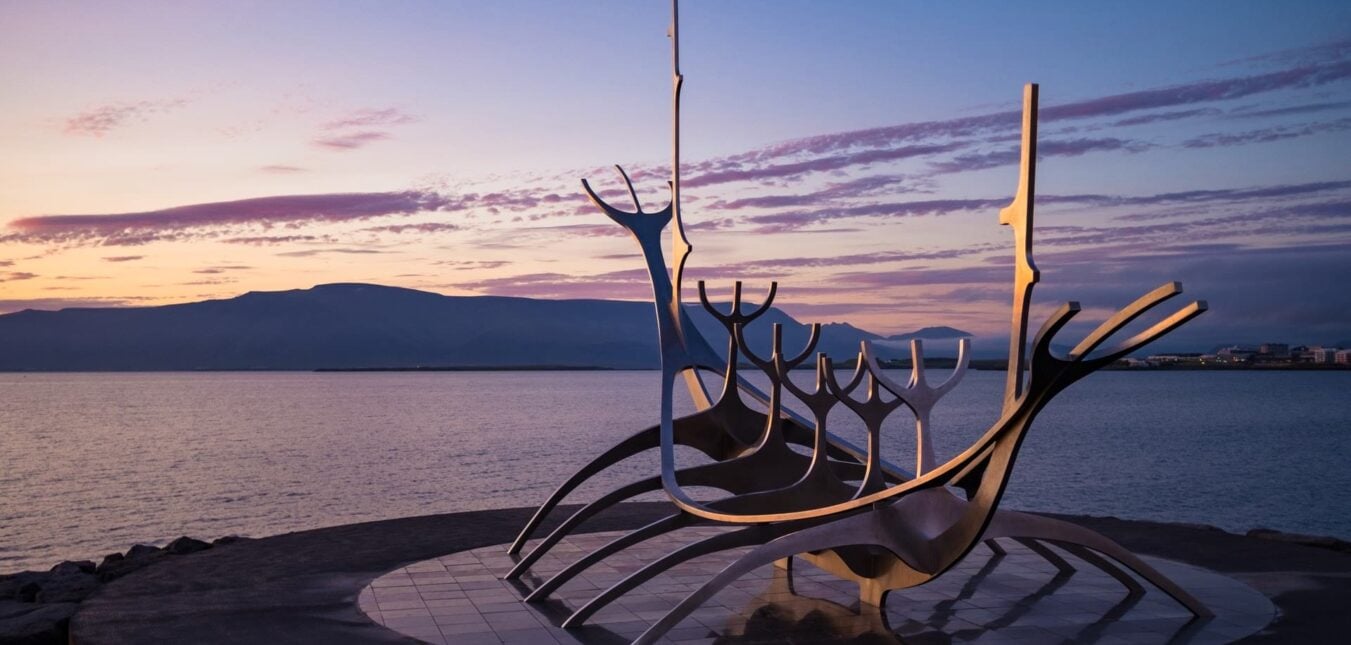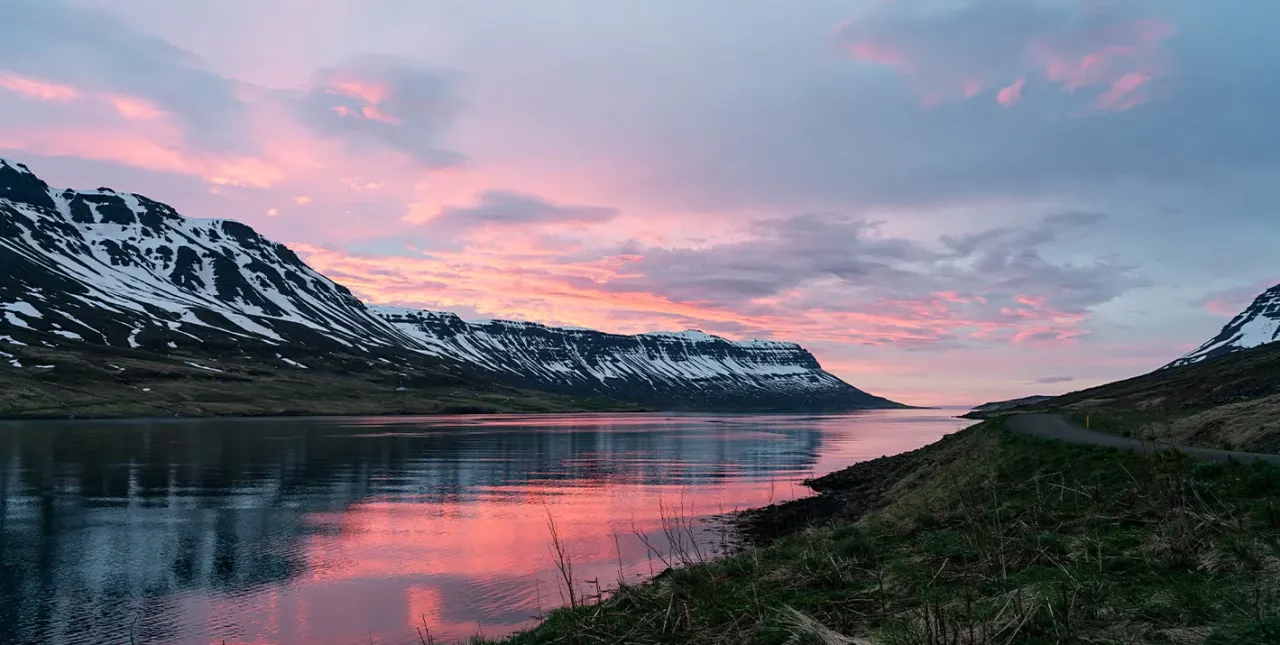- Good to Know, Reykjanes, West Iceland, Westfjords
- 18 Jul 2025
Total solar eclipse iceland 2026: everything you need to know
It’s right at the end of a trip that visitors finally find their bearings and figure the place out. Let’s put you into the fast lane and give you some tips up front. Because it’s the smart thing to do and you will have a better time that way.
